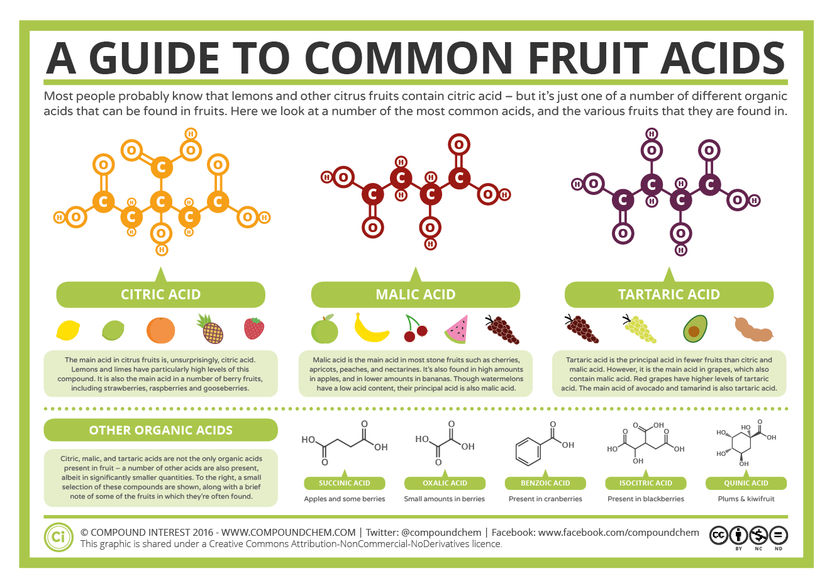Scientific methods identify potential antivirals against chikungunya
chikungunya virus has caused two recent massive outbreaks sickening millions of people. Now a team of researchers has shown that several existing compounds have potent activity against the critical CHIKV protease enzyme.
Chikungunya is a mosquito-born, largely tropical disease which can cause fever, severe joint pain, headaches, nausea, and fatigue. "Here we exploited an approach that should, at least in theory, be a fast track for the development of compounds useful both for studies of the virus and as leads for development of antivirals," said corresponding author Andres Merits, PhD, Professor of Applied Virology, University of Tartu, Estonia.
"The 3D-structures of conserved virus proteins are currently second--after the genome sequence--to be resolved for new, medically important viruses," said Merits. Theoretical chemists from among this team used that information to predict in silico what already existing chemicals might bind and inhibit the enzyme.
Then virologists on the team tested the compounds' abilities to inhibit the CHIKV protease' activity in biochemical systems, and then in cultures of infected cells. Several of the compounds proved to be potent inhibitors of both RNA synthesis and virus replication. Interestingly, it appeared that some compounds used more than one mechanism to inhibit CHIKV replication. "While none of these compounds is ready to be used as an antiviral drug, they represent promising leads and excellent tools for follow-up studies," said Merits.
The researchers were also able to use their initial findings on which compounds worked to refine the predictive model, said Merits. After that, the success rate rose to fifty percent of the compounds selected by the model that were active against the virus.
"With new viruses constantly emerging, fast and reliable approaches are needed to enable identification of compounds capable of inhibiting their replication," said Merits, alluding to Zika, MERS, and other viruses that were virtually unknown as late as a decade ago. The scientifically selected compounds are good leads for drug development, and reduce the possibility of subsequent failure. "They are equally important as tools to study and understand the details of virus infection."
Original publication
Original publication
Pratyush Kumar Das, Laura Puusepp, Finny S. Varghese, Age Utt, Tero Ahola, Dzmitry G. Kananovich, Margus Lopp, Andres Merits and Mati Karelson; "Design and validation of novel chikungunya virus protease inhibitors"; Antimicrobial Agents and Chemotherapy; 2016
Organizations
Other news from the department science

Get the life science industry in your inbox
By submitting this form you agree that LUMITOS AG will send you the newsletter(s) selected above by email. Your data will not be passed on to third parties. Your data will be stored and processed in accordance with our data protection regulations. LUMITOS may contact you by email for the purpose of advertising or market and opinion surveys. You can revoke your consent at any time without giving reasons to LUMITOS AG, Ernst-Augustin-Str. 2, 12489 Berlin, Germany or by e-mail at revoke@lumitos.com with effect for the future. In addition, each email contains a link to unsubscribe from the corresponding newsletter.


















































